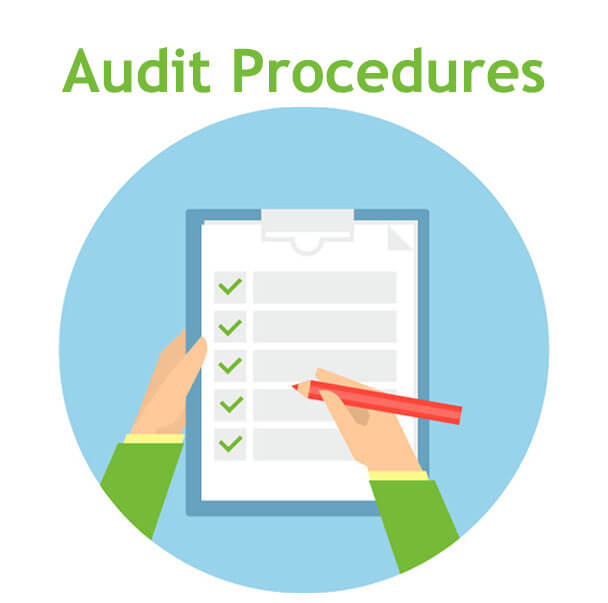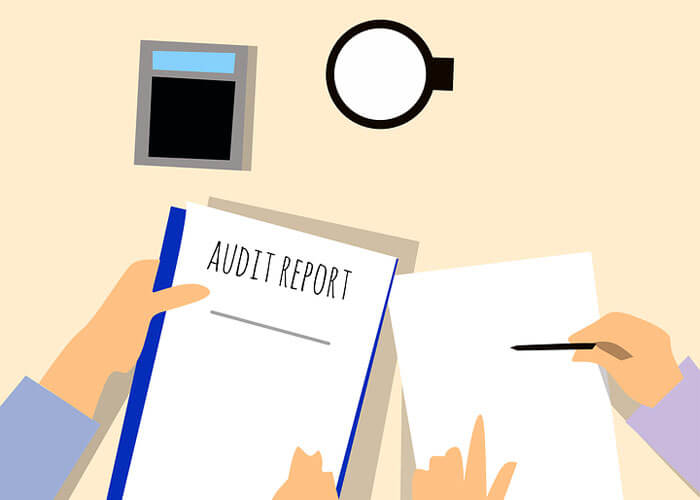[vc_row][vc_column][vc_column_text]In today’s complex corporate governance requirements, the role of external auditors is quite important and significant. They act as a third party check and provide an independent opinion about the financial statements of the company.
However, there are some general misconceptions about the role of external auditors. It is essential to understand the limitation of an external audit. In the below points, we have listed ten misconceptions about the role of an external auditor and the respective reality.
Misconception 1: External auditors are responsible for the detection and prevention of frauds and errors:
Reality: External auditors are not responsible for the detection and prevention of frauds and errors. However, they may (or may not) come to know about any fraud in the organization. Once they know or suspect that there is a fraud, they have to get further details about it. However, depending upon the quantum of the fraud, they may still not report the same in their audit report. Further, it is the management of the company who is still responsible for the detection and prevention of fraud in an organization.
Misconception 2: External auditors are checking and reviewing all the transactions of a company
Reality: The external audit is carried out in a short period with a limited number of team. It is not practically possible to test and verify every transaction of the company. External auditors only validate a sample of the transactions. This sample of transactions is selected using statistical techniques or based on the past assessment of the auditor or the materiality (high amount or nature) of the transactions. It is still likely that a significant portion of the suspicious transactions remains unchecked.

Misconception 3: External auditors report all errors found in their audit report
Reality: External auditors work as partners of the companies. They do not intend to report errors in their audit reports. Instead, if external auditors find any mistake in the financial statements, they help the organization by suggesting to correct these errors. Often, both auditors and company’s management finalize the financial statements together, reducing the mistakes and miscalculations in the financial statements. Only in the case of a material and pervasive disagreement between auditors and the company’s management, the auditor would report such disagreement in their audit report.
Misconception 4: External auditors ensure that financial statements are free from errors and are accurate
Reality: Based on the limited time, selected sampling and limited staff, an external auditor can’t detect all the errors in the financial statements and make the financial statements accurate and free of errors. External auditors cannot ‘ensure’ that financial statements are free from errors. Instead, they provide their opinion about financial statements which they formulate by performing audit procedures.
Misconception 5: External audit is a guarantee that there is no financial fraud happening in the company
Reality: A well-carpeted scam may still go undetected even if well-reputed external auditors regularly audit the company. Techniques of collusion, window dressing, under-provisioning, overestimating revenues, undercharging depreciation, misleading interpretation, misuse of assets, weak internal controls, politics, reporting selected ratios in annual reports, may still not be detected and reported by external auditors.

Misconception 6: External audit is a confirmation that the operations of a company are being conducted most efficiently and effectively.
Reality: An external audit is not an efficiency check on the operations of the company. A statutory external audit is about providing an opinion on the financial statements. There are separate categories of operational audits which are available to assess operational efficiency. For example, how much material is being wasted during production? How much time is extra being consumed during the hiring process? What are the critical elements missed out in a strategy formulation? Which contracts were awarded to close relatives? Etc. Such instances are not usually reported in a statutory external audit report. A specific operational or fraud investigation audit may be used for such conditions.
Misconception 7: A good external audit report indicates a good management strategy of the organization
Reality: An external audit is not usually about checking the strategic direction of the organization. Did the organization select the best product mix? How successful was the innovation process during the year? What improvements are brought in the customer service? Has hiring and retaining employees improved? How well the company competed in the market? These items are usually not on the agenda of the external auditor.
Misconception 8: A clean audit report means that the company’s chances of success and future profits are high
Reality: Many companies go bankrupt or liquidated even after having a clean audit report. Does it mean that their auditors were not competent? Or they did not perform their responsibilities with honesty? No, it doesn’t say that. It’s because it’s not on the auditor’s part to ensure that a company remains successful and profitable.
Misconception 9: A clear external audit report from external auditors means that the company is paying its taxes correctly
Reality: Statutory audits are not detailed testing of the tax calculation of the company. Instead, external auditors would make a quick analytical assessment of the taxes and whether they seem to be correctly reported. It is not a detailed, line-by-line checking of the tax returns ensuring that all the items are correctly calculated and reported and that the tax laws have been correctly and fully interpreted in the preparation and submission of tax returns.
Misconception 10: External auditors claim that their report is a guarantee of accurate financial reporting.
Reality: External auditors never claim that their report on the financial statement is a guarantee that the financial affairs of the company have been correctly and accurately reported. In fact, they mention in their description that it is the responsibility of the management to prepare and present financial statements correctly. External auditors only provide an opinion about the financial statements, whether, in their opinion, the financial statements of the company are presenting a true or fair view or not.
 [/vc_column_text][/vc_column][/vc_row]
[/vc_column_text][/vc_column][/vc_row]











